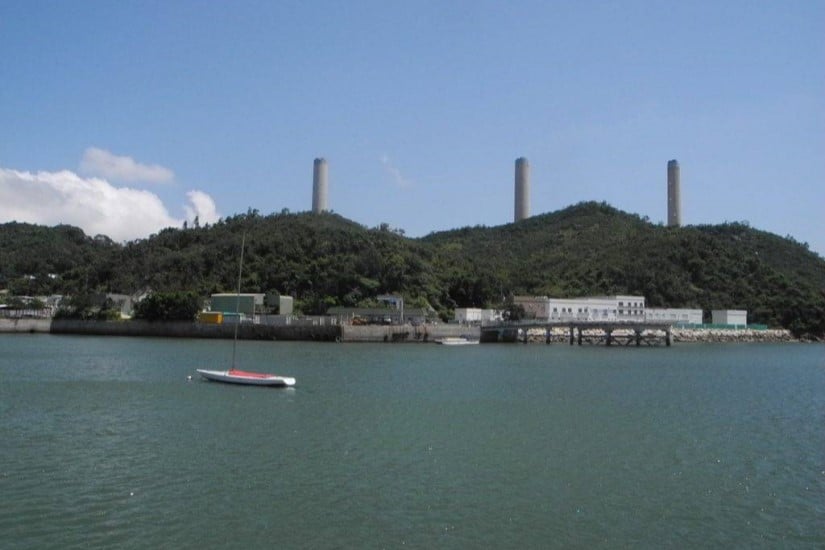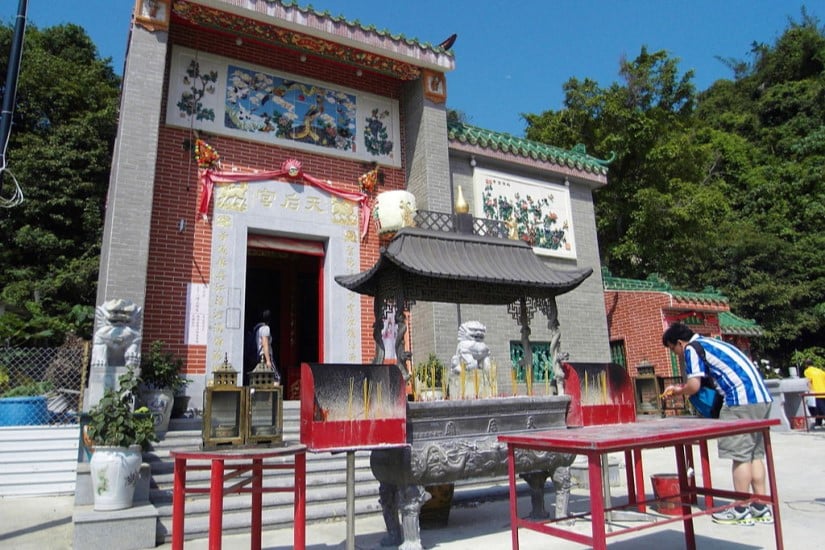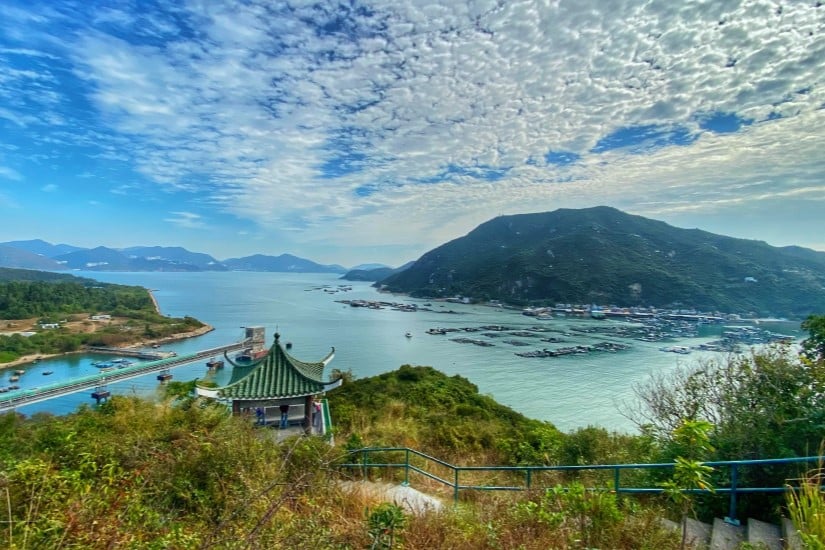During the holidays, many citizens feel lost and unsure of what to do. Staying at home feels like a waste of time, but going out also presents a dilemma as they don’t know where to go. International travel is expensive and time-consuming, and it seems like there’s nowhere good to go in Hong Kong. However, in reality, Hong Kong has many different great locations for citizens to explore. This time, we will introduce Lamma Island to everyone, providing a way to spend leisure time.
A little information
Lamma Island is the fourth largest island in Hong Kong, belonging to the Outlying Islands District, known for its beautiful scenery, and has unearthed artifacts from the Neolithic to the Ming and Qing dynasties.

Lamma Island, formerly known as Pok Liu Chau, but due to its location south of Hong Kong and its shape resembling the Chinese character “丫”, it was renamed Lamma Island and gradually replaced the original name. The character “丫” also resembles the shape of the uppercase letter Y in English, so it is also known as Y Island in English.
The most famous landmarks on Lamma Island are the “Three Chimneys” of the Lamma Power Station and the “Big Windmill” of the Lamma Winds Power Station, which can be said to be the symbols of Lamma Island.

Soko Wan
The first feature of Sok Kwu Wan is the many floating fish rafts in the harbor, exuding a strong fishing village atmosphere. Along the bay, there are restaurants specializing in Cantonese cuisine preparing delicious seafood dishes, as well as many small shops selling locally dried seafood specialties and dry goods made by local fishermen. Walking along the coast to the estuary where saltwater meets freshwater, there is a unique mudflat that nurtures a variety of creatures such as fiddler crabs and mudskippers, guaranteed to broaden your horizons.

Moreover, the former residents of Lamma Island made a living by fishing. There are three Tin Hau Temples on the island dedicated to the sea goddess Mazu, protecting and blessing the fishermen on the island. One of the Tin Hau Temples is located in Sok Kwu Wan. Due to a fire in 2004 that destroyed the original Tin Hau Temple with nearly 200 years of history, the new temple has a more modern architectural design. Subsequently, with the enthusiastic support of believers and villagers, the temple was rebuilt, preserving ancient artifacts inside, including a treasure urn cast in the 6th year of the Daoguang reign of the Qing Dynasty (1826) and an ancient bell cast in the 21st year of the Guangxu reign (1895). If you visit Lamma Island, be sure to take a look.

Lamma Winds Power Station
When it comes to Lamma Island, of course, we have to mention the symbolic Lamma Power Station with its three iconic chimneys and the Lamma Winds Power Station with its huge wind turbines. Unfortunately, the Lamma Power Station does not allow visits, but the Lamma Winds Power Station is open to visitors.
The Lamma Winds power station is located on a hill in Lamma Island, and is Hong Kong’s first wind power facility for renewable energy generation, attracting many hikers and photography enthusiasts to come and take photos. The unit at Lamma Winds power station consists of a tower and three blades, with a blade diameter of 50 meters and a tower height of 46 meters. It can produce an average of 1 million kilowatt-hours of green electricity per year, helping to reduce 800 tons of carbon dioxide emissions.
In order to let the public understand more about renewable energy, CLP Power has set up an exhibition area in the 2,500 square meter wind power station to introduce information and applications of renewable energy. The display screen at the bottom of the wind turbine tower will show various data, including wind speed, real-time power generation, etc., to show visitors the real-time operation of the wind power station.

